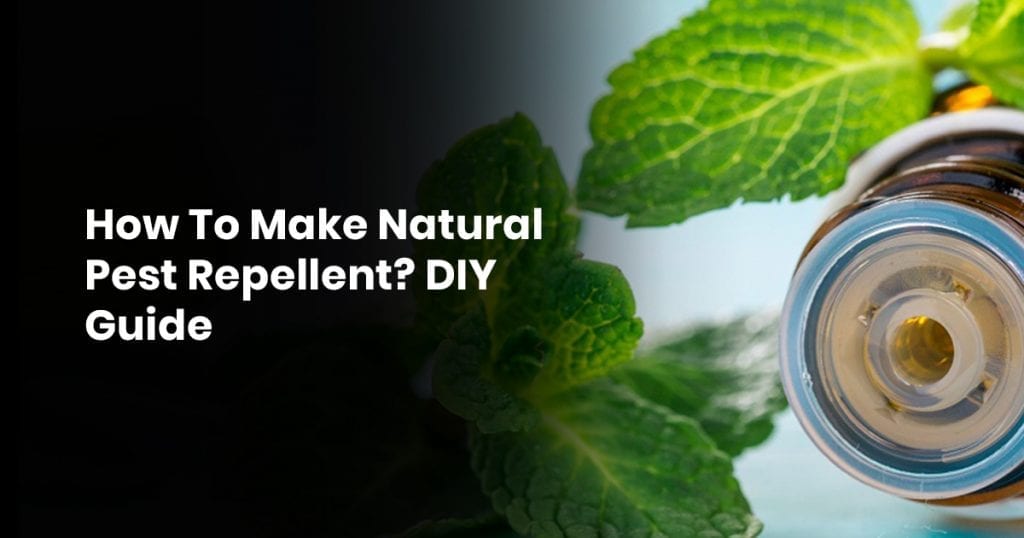Most homes have experienced their fair share of pests over the years, but knowing whether the problem’s severe enough to bring in pest control to poison the area is always hard to decide.
The chemicals that are used to treat pests like mice, cockroaches, and ants are often far more harmful than the pests themselves which is why so many people avoid that type of treatment altogether.
What about the approach of natural pest control and does it actually work?
Although scientific studies are still limited to the effect of natural measures which deter and kill household pests, there is a lot of anectodical evidence to suggest that they can work just as well. When used in conjunction with other preventive and natural methods you can easily rid your home of ants, cockroaches, mice, and other pests without resorting to anything dangerous.
If you’re interested in taking a more natural approach there are plenty of tried and true methods that you can use for yourself at home.
With our list of natural pest control solutions and some ideas on how to keep insects and rodents away before they’re even tempted to come inside, you’ll have a pest-free home without having to sacrifice your family’s health and safety to get it.
Contents
Can You Get Rid of Pests Naturally?
People have long relied on natural methods to rid their homes of common household pests and most people have at least one approach at work in their household.
Although there are limited studies on the effects of natural pest control measures at home, research into larger-scale natural pest control like those used for farming has shown promising results.
There are many options for natural methods you can try at home to either repel or kill common household pests like ants, cockroaches, and mosquitoes.
Most of these involve everyday household products, kitchen ingredients, and essential oils, so you can feel peace of mind that they won’t do your family any harm in the process.
With studies published in medical journals like Pediatrics showing harmful long term effects of using insecticides inside the home, including childhood cancers, anything we can do to avoid them is worth trying.
Just like any pest control measure through you can expect a bit of trial and error before you totally eradicate the problem but there should be no reason you have to resort to harsh chemicals to get the results you’re after.
Natural Ant Repellent
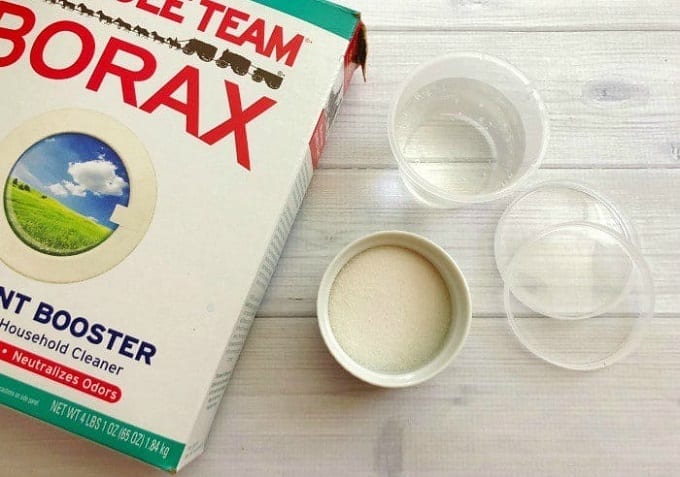
Ants are a serious problem in most homes and while they might seem totally harmless, they can quickly take over your kitchen or other common spaces and leave a trail of destruction.
Most store-bought chemical ant repellents are full of harmful ingredients like pyrethrum which has been shown to be toxic to cats and dogs even in low doses and dangerous for humans.
You can easily replicate the store-bought or professional ant repellent that pest control experts use though, and without relying on anything dangerous.
The key to this method is that you’re using something sweet to lure the ants in and take the hidden dangerous bait which they then carry back to their nest to kill the rest of the colony.
To make a DIY ant repellent, mix equal parts of Borax powder with corn syrup and then place some on a plate or cardboard to leave on the bench.
Although Borax is made of sodium borate and has no toxic ingredients, it should still be kept out of the reach of children and animals.
This mixture will entice them with the sweetness of corn syrup while poisoning them with the Borax, and when they take it back to their nest it will poison the rest of the colony.
It’s not an immediate fix as it can take a few days for them to return to their nest, but a long term solution and the easiest way to rid your homes of ants without putting anyone in harm’s way.
Dust Mite Oil Spray

Dust mites are one of the best-hidden household pests that can do serious harm to humans and pets, especially for people who already suffer from allergies and asthma.
Dust mites feed on dead skin cells that have been shed by us and in turn, the waste that they excrete can cause serious allergic reactions and respiratory problems.
The usual approach to getting rid of dust mites is to wash your bedding in hot water but it’s not always enough to get the job done.
Thankfully, there are some natural ingredients you can use in conjunction with this method in the form of a dust mite oil spray that’s not harmful to humans or animals but can prevent them from returning.
To make your own dust mite oil spray, create a mixture of essentials oils like peppermint, rosemary, eucalyptus, clove, and lavender with a cup of water and putting it into a spray bottle.
Once your sheets and bed have been cleaned, spray the mattress and bedding with your natural repellent and let it air dry underneath a fan or near a window.
These natural oils are an easy way to keep dust mites from returning and if you’re also experiencing issues with fleas or lice you can add some lemongrass or basil to the mixture.
Not only do they repel pests but they also leave your bedroom with a fresh, natural scent that will stay around for days and improve the aroma of your home.
Natural Fly Traps

Flies are something that most of us just put up with at home, and as annoying and disgusting as they can be, we’d rather deal with them than spray harmful poisons and chemicals around our food and home.
Whether it’s fruit flies or the common housefly that’s your problem, you can easily solve it with some natural fly traps that will get rid of them the gentle way.
To get rid of household flies, you can make a mixture up in a mason jar and leave it hanging somewhere they’ll be lured to and will ultimately drown in.
There’s no need to be exact with measurements but around ¼ cup granulated sugar, ¼ cup apple cider vinegar, ½ cup water, and one squirt of dishwashing detergent added to a jar will be sufficient.
For fruit flies specifically, the mixture is a little less complicated and can be left in a jar right next to your fruit bowl on the benchtop where they normally hang out.
Pour some apple cider vinegar into a jar with enough to cover the bottom and then a small squirt of dishwashing detergent.
Cover the top of the jar with plastic wrap and poke some holes in the top so they can fit through, and you’ll start attracting them in minutes.
The vinegar used in these DIY methods is what lures the flies in and it’s because their sense of smell is heightened to detect acetic acid which occurs naturally when fruit ferments as it ripens.
As they usually ignore both high and low doses of it though, mixing it with other products can help to lure them in.
This is a cheaper and safer alternative than relying on fly strips or harmful aerosols usually designed to kill flies.
Cockroach Repellent and Killer
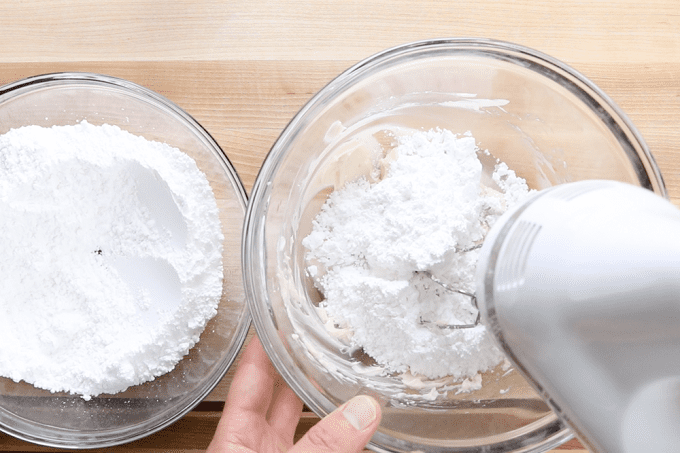
Cockroaches are one of the most common household pests and the one insect that people want to rid their homes of.
Traditional pest control methods for killing and repelling cockroaches can be harmful to humans or pets and include baits, sprays, and fumigation.
These either kill the cockroaches instantly or bait them so they return to their nest and spread the poison to others.
Rather than relying on these harsh chemicals and potentially putting your home at risk, you can try a natural alternative that’s been proven to kill cockroaches by dehydrating their exoskeleton.
Better still, it’s not toxic to humans and other pets you might have at home so you don’t have to worry about the potential poisons you’re introducing.
To make your own DIY cockroach killer there are two basic recipes that follow the same approach.
Make a mixture of half baking soda and half sugar, or half Borax and half sugar, and then leave it in a pot or container near where you know cockroaches frequent.
They will be drawn to the sweetness of the sugar but the Borax and baking soda will eventually kill them.
These are both natural options but they should still be kept away from children to be on the safe side.
It’s cheap to use, won’t create any fumes, and means you don’t have to spray common surface areas or shared spaces with poisons just to rid your home of cockroaches.
This same method works for ants and other insects so you might end up getting rid of more than just the roach problem.
Other Methods of Keeping Pests Away
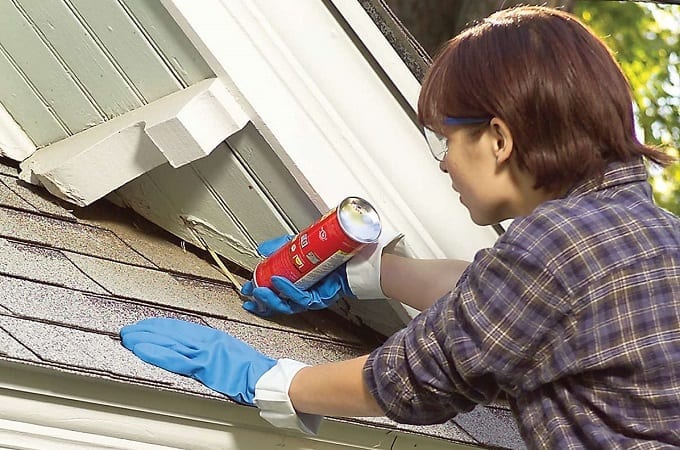
One of the best ways to stop pests from coming into your home is to make it less attractive to them.
Pests like mice, cockroaches, ants, and flies usually seek a reliable source of food, warmth, and moisture which is why the average household is so appealing to them when they’re coming from outside.
Preventive measures, when used in conjunction with natural pest repellents like the ones mentioned above, is the best way to tackle a pest problem.
Make a point of securing your house from a pest invasion and making it a less attractive option to them by doing the following:
- Seal up any possible entry points into your home that could be letting the pests in. Because these insects and rodents are able to fit into very small spaces you’ll have to get down on your hands and knees to identify them. Use caulk and steel wool to cover up and holes or cracks and continue to check throughout the year.
- Do an overhaul of your pantry and start storing any food that’s been opened in an airtight container. Even the smallest piece of food can entice pests and this is what brings many in. clean your kitchen before you go to bed each night and make sure everything is stored tightly.
- Have a look for obvious sources of water around the home and dry them up however necessary. Pests love moisture and they seek it out as their form of hydration so leaking pipes, dripping faucets, wet areas like showers and bathtubs, and high moisture areas will be drawing them in and keeping them there.
- Keep a generally clean house at all times and make an effort at night to tidy up. Take out the garbage, wipe down kitchen and bathroom benches, wash dirty clothes stored in a hamper, and sweep up or vacuum so that any crumbs are out of reach.
Harmless Natural Pest Control Solutions You Can Purchase
If you’re not interested in making DIY natural pest control products there are natural alternatives you can purchase.
These are a few pest control products that don’t rely on harsh chemicals or dangerous methods to kill or repel pests so you can feel totally comfortable using them.
Ultrasonic pest repeller
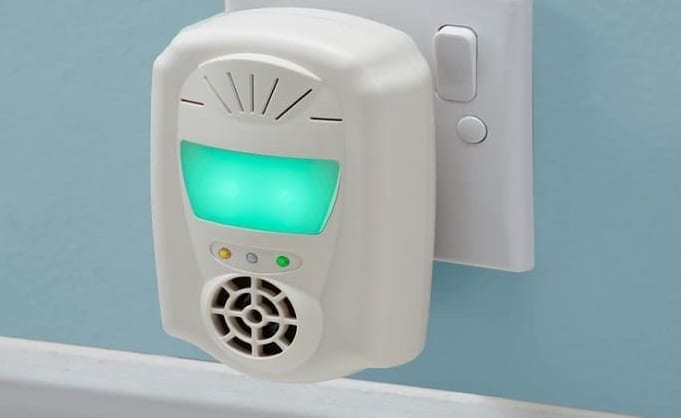
These devices send ultrasonic and electromagnetic waves throughout your house when plugged into a socket which repels common household pests.
They’re completely safe to use around humans and pets but will keep insects and rodents away.
Mouse traps
Mouse traps come in many types including electric, snap trap, and humane catch and release designs.
They don’t rely on chemicals or poison to capture the mice and can sometimes be used for other rodents like rats and squirrels.
Natural fly strips
A hanging fly strip coated with natural and poison-free ingredients can attract flies and help them to stick to an adhesive. They can be a little messy to clean up but don’t rely on chemicals or sprays to get rid of flies.
Natural pesticides
In the garden, there are now plenty of options for natural pesticides that you can use which promote the concept of green gardening.
This means your food and plants are free from chemicals and therefore safer for you and the family to enjoy.
What Are the Benefits of Natural Pest Control?

Although it might seem like the easier option to wipe out bugs and rodents with fumigation or harsh sprays that kill them instantly, the benefits of using natural pest control far outweighs this convenience.
These are some of the benefits that a natural approach offers when you don’t have to rely on poisons and putting your family at risk just to be pest-free.
- Eco-friendly: Not only are you protecting your loved ones from harm by using these natural approaches but they’re a lot friendlier to the planet as well.
- Affordable: Making your own products or using DIY pest control products like mouse traps and ultrasonic repellents is a lot cheaper than booking in professional pest control services.
- Safe: The biggest benefit of these natural methods is that you don’t have to worry about the health and safety of your family when you use them. They’re made with natural ingredients or products that aren’t harmful to humans and pets so there’s no adverse risks or side effects.
- Reusable: Many professional pest control services will only recommend using their products sparingly or once a year because of their dangerous ingredients. Most natural pest control products can be applied as often as needed because they’re totally safe and even reused many times to save from buying more.
Related Questions
Natural pest control methods are taking over as the preferred method of treating pests at home and there are so many options you can try.
We’ve got the answers to common questions people have regarding natural pest control and its effectiveness so you can get a basic understanding of exactly what these treatments entail.
Can Essential Oils Repel Insects?
Choosing the right essential oils to repel insects can be successful, and some of these oils are also found in over the counter pest control products.
Lemongrass, lavender, melaleuca, peppermint, and citronella are all popular choices if you’d prefer to try essential oils to repel the pests in your home.
Can Peppermint Get Rid of Mice?
A common method used for deterring mice is to apply peppermint oil or leaves around the home, but doing this alone usually won’t be enough to get rid of an infestation.
Dealing with mice requires the use of traps, repellents, and preventative methods so peppermint alone won’t be sufficient.
Is Borax Dangerous to Dogs?
Borax is a common ingredient used in natural pest solutions but high doses can be harmful to dogs and other household pets.
If you plan on using the mineral salt of boric acid to treat pests it should be kept out of the reach of children and animals to ensure their safety.

